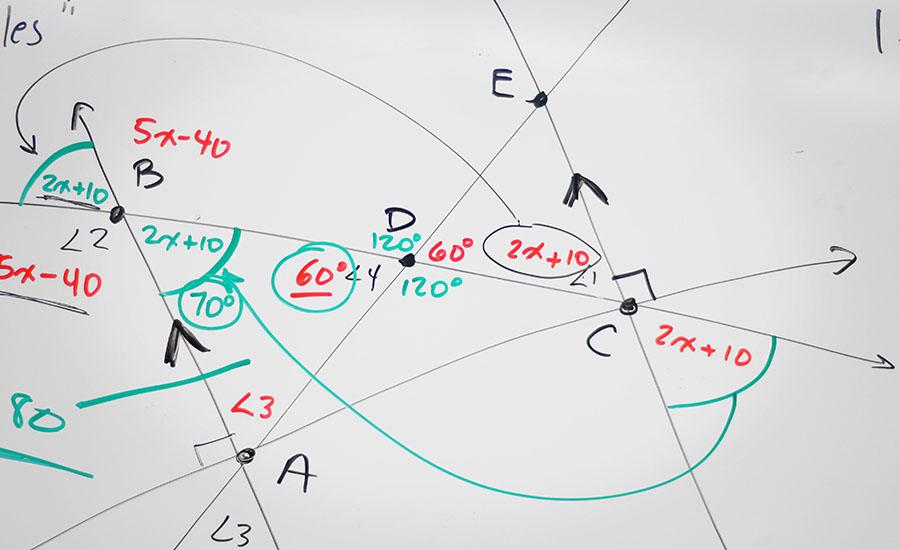
Angle of Propulsion
by Angela Rico
Students will design a balloon rocket. They will then create a fish line track for the rocket to follow. The track will be able to me modified to test different angles of ascent. This will allow students to discover by calculating the rate of ascent, which angle creates the best ascent rate.
Lesson Plan Link/URL
https://docs.google.com/presentation/d/1zCgKSIgkpBrIvn84RcSKwTfmr8V5Pty4/edit?u…Subject Area
Science Physical Science P3: Net Force Technology 3. Knowledge Constructor 4. Innovative Designer 6. Creative Communicator Engineering S2: Apply the Engineering Design Process S3: Apply Mathematics to Engineering Mathematics Geometry (G) Ratio and Proportion (RP) English Language Arts (ELA) Writing Speaking & ListeningRelated Content

Grades:
6th Grade
In this unit, students will study the effects of acid rain and chemically engineer an environmentally friendly solution to neutralize the acid in a simulated river contaminated by factory run-off

Grades:
6th Grade, 7th Grade, 8th Grade
Model Building For Disaster is a 4-6 week unit in which students research natural disasters around the world and their effect on developing countries. Following their research, student teams design

Grades:
4th Grade, 5th Grade
This lesson teaches students about lines, angles, measuring and naming angles, using a protractor, and engages students by having them build a catapult and measure best angle for furthest launch.